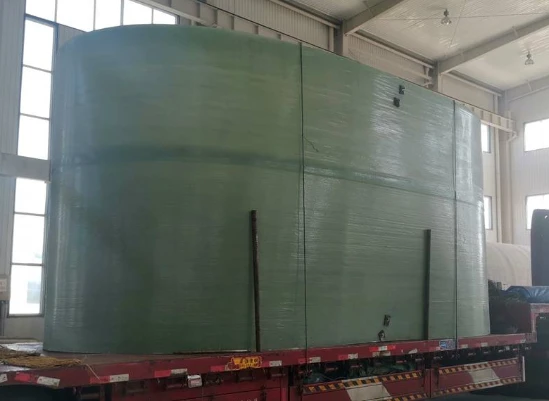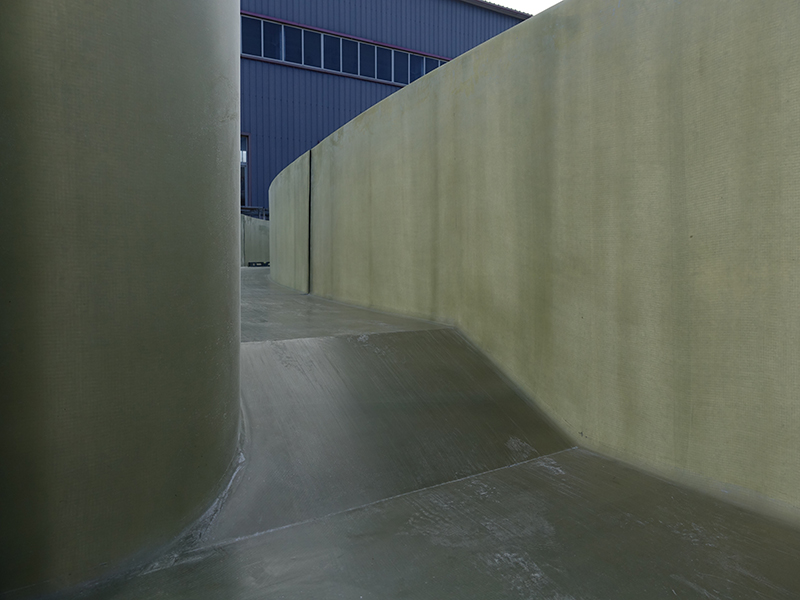
-
 Afrikaans
Afrikaans -
 Albanian
Albanian -
 Amharic
Amharic -
 Arabic
Arabic -
 Armenian
Armenian -
 Azerbaijani
Azerbaijani -
 Basque
Basque -
 Belarusian
Belarusian -
 Bengali
Bengali -
 Bosnian
Bosnian -
 Bulgarian
Bulgarian -
 Catalan
Catalan -
 Cebuano
Cebuano -
 China
China -
 China (Taiwan)
China (Taiwan) -
 Corsican
Corsican -
 Croatian
Croatian -
 Czech
Czech -
 Danish
Danish -
 Dutch
Dutch -
 English
English -
 Esperanto
Esperanto -
 Estonian
Estonian -
 Finnish
Finnish -
 French
French -
 Frisian
Frisian -
 Galician
Galician -
 Georgian
Georgian -
 German
German -
 Greek
Greek -
 Gujarati
Gujarati -
 Haitian Creole
Haitian Creole -
 hausa
hausa -
 hawaiian
hawaiian -
 Hebrew
Hebrew -
 Hindi
Hindi -
 Miao
Miao -
 Hungarian
Hungarian -
 Icelandic
Icelandic -
 igbo
igbo -
 Indonesian
Indonesian -
 irish
irish -
 Italian
Italian -
 Japanese
Japanese -
 Javanese
Javanese -
 Kannada
Kannada -
 kazakh
kazakh -
 Khmer
Khmer -
 Rwandese
Rwandese -
 Korean
Korean -
 Kurdish
Kurdish -
 Kyrgyz
Kyrgyz -
 Lao
Lao -
 Latin
Latin -
 Latvian
Latvian -
 Lithuanian
Lithuanian -
 Luxembourgish
Luxembourgish -
 Macedonian
Macedonian -
 Malgashi
Malgashi -
 Malay
Malay -
 Malayalam
Malayalam -
 Maltese
Maltese -
 Maori
Maori -
 Marathi
Marathi -
 Mongolian
Mongolian -
 Myanmar
Myanmar -
 Nepali
Nepali -
 Norwegian
Norwegian -
 Norwegian
Norwegian -
 Occitan
Occitan -
 Pashto
Pashto -
 Persian
Persian -
 Polish
Polish -
 Portuguese
Portuguese -
 Punjabi
Punjabi -
 Romanian
Romanian -
 Russian
Russian -
 Samoan
Samoan -
 Scottish Gaelic
Scottish Gaelic -
 Serbian
Serbian -
 Sesotho
Sesotho -
 Shona
Shona -
 Sindhi
Sindhi -
 Sinhala
Sinhala -
 Slovak
Slovak -
 Slovenian
Slovenian -
 Somali
Somali -
 Spanish
Spanish -
 Sundanese
Sundanese -
 Swahili
Swahili -
 Swedish
Swedish -
 Tagalog
Tagalog -
 Tajik
Tajik -
 Tamil
Tamil -
 Tatar
Tatar -
 Telugu
Telugu -
 Thai
Thai -
 Turkish
Turkish -
 Turkmen
Turkmen -
 Ukrainian
Ukrainian -
 Urdu
Urdu -
 Uighur
Uighur -
 Uzbek
Uzbek -
 Vietnamese
Vietnamese -
 Welsh
Welsh -
 Bantu
Bantu -
 Yiddish
Yiddish -
 Yoruba
Yoruba -
 Zulu
Zulu
Feb . 19, 2025 00:42
Back to list
cpvc and frp pipes combine durability and resistance.
Combining CPVC and FRP pipes can revolutionize industrial applications where durability and resistance to corrosive environments are paramount. Through expert insights and real-world experiences, this article delves into the advantages, applications, and reliability of using CPVC and FRP pipes for enduring industrial challenges.
Practical applications illustrate the success of CPVC and FRP pipe systems. In power generation plants, where cooling water systems are routinely exposed to aggressive chemicals and thermal fluctuations, CPVC/FRP piping has demonstrated unwavering performance. Real-world case studies show that these piping systems can reduce maintenance shutdowns while providing continuous, reliable operation in environments demanding robust materials. Furthermore, the combination of CPVC and FRP in pipes ensures compliance with stringent safety and environmental standards. Each material's compliance with international certifications for safety and quality underscores their credibility, ensuring users can trust these pipes under challenging conditions. This trusted compliance reassures industries aiming to improve their environmental footprint without compromising performance. Authoritative voices within the piping industry emphasize the necessity of using certified composite materials for rigorous applications. Professionals advocate for regulatory adherence not just to meet legal standards but to exceed clients' expectations for safety and reliable service delivery. Moreover, anecdotal evidence from engineers and plant operators supports the notion that CPVC and FRP hybrid pipes offer unmatched peace of mind, due to their proven track record in hostile environments. Ultimately, CPVC and FRP composite piping systems provide industries with a path to achieving superior fluid handling solutions. Their durable, corrosion-resistant nature coupled with cost-effectiveness positions them as the piping materials of choice for future-ready infrastructures. As industries lean towards more sustainable and resilient technologies, the unique combination of CPVC and FRP stands as a testament to innovation meeting necessity in materials engineering. Consideration of these factors—based on expert endorsement, practical success stories, authoritative insights, and trust in material compliance—reveals the substantial benefits of integrating CPVC and FRP pipes within industrial realms. As industries continue to advance, embracing such robust solutions ensures long-term efficiency, safety, and reliability in even the most demanding applications.


Practical applications illustrate the success of CPVC and FRP pipe systems. In power generation plants, where cooling water systems are routinely exposed to aggressive chemicals and thermal fluctuations, CPVC/FRP piping has demonstrated unwavering performance. Real-world case studies show that these piping systems can reduce maintenance shutdowns while providing continuous, reliable operation in environments demanding robust materials. Furthermore, the combination of CPVC and FRP in pipes ensures compliance with stringent safety and environmental standards. Each material's compliance with international certifications for safety and quality underscores their credibility, ensuring users can trust these pipes under challenging conditions. This trusted compliance reassures industries aiming to improve their environmental footprint without compromising performance. Authoritative voices within the piping industry emphasize the necessity of using certified composite materials for rigorous applications. Professionals advocate for regulatory adherence not just to meet legal standards but to exceed clients' expectations for safety and reliable service delivery. Moreover, anecdotal evidence from engineers and plant operators supports the notion that CPVC and FRP hybrid pipes offer unmatched peace of mind, due to their proven track record in hostile environments. Ultimately, CPVC and FRP composite piping systems provide industries with a path to achieving superior fluid handling solutions. Their durable, corrosion-resistant nature coupled with cost-effectiveness positions them as the piping materials of choice for future-ready infrastructures. As industries lean towards more sustainable and resilient technologies, the unique combination of CPVC and FRP stands as a testament to innovation meeting necessity in materials engineering. Consideration of these factors—based on expert endorsement, practical success stories, authoritative insights, and trust in material compliance—reveals the substantial benefits of integrating CPVC and FRP pipes within industrial realms. As industries continue to advance, embracing such robust solutions ensures long-term efficiency, safety, and reliability in even the most demanding applications.
Related Products









